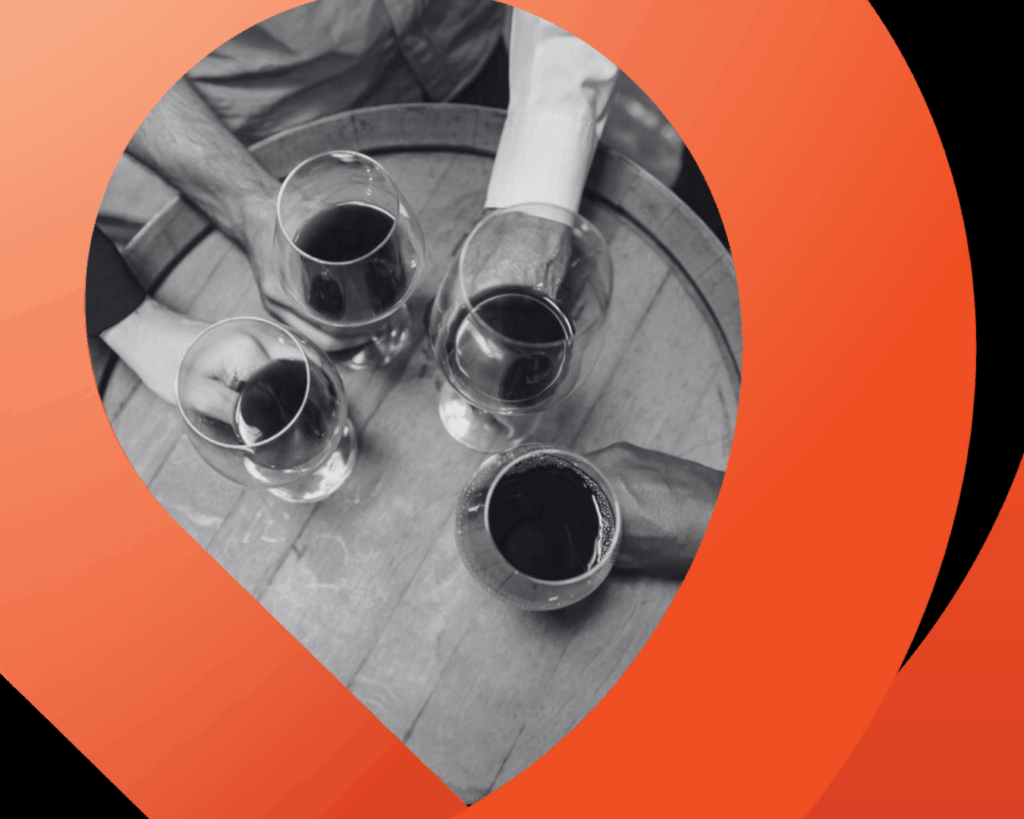I'll Drink to That? Something's Going On With Alcohol

Since the early 2000s, Americans’ consumption of alcohol has consistently grown, but that trend may be changing. Looking ahead to 2024, there are signs that alcohol may be in slow decline. Alcohol sales are expected to drop 1% each year from 2024-2030, according to industry experts.
The sober curious movement certainly plays a role. And GenZ embraces the concept — 70% of those in their 20s mention they participated in Dry January this year, which was up 42% from last year. They are also challenging the belief that a drink or two a day is beneficial to your health.
In fact, of the alcohol conversations across forums, blogs, and message boards, 39% of the conversation is connected to health and diet. These are common reasons for participating in Dry January as well as considering drinking less alcohol. The result of participation may not result in total abstinence, but perhaps a reduction of drinking.
The alcohol that seems most affected is beer. Beer volume has fallen to its lowest level since 1999. However, according to the Small and Independent Craft Brewers Association, the small and independent market was up 13% in volume (compared to total beer volume dropping by 3%). Typically, off-premise distribution is lower for these groups, suggesting that these types of beers are part of a larger on-premise experience. In addition, non-alcoholic beer has seen a sharp increase in volume. This segment of beer has seen innovation and an increase in the number of brands, further suggesting that it isn’t beer that people are avoiding, but traditional alcohol.
I had a couple glasses of wine last night with some family after a lovely dry January, it made me rethink the amount of drinking
This doesn’t mean that there aren’t opportunities for alcohol brands. It isn’t that younger generations, like Gen Z, are abstaining from alcohol completely, but they are choosing differently. There are new factors at play that brands will have to take advantage of to gain the attention of these drinkers. For instance, Gen Z has an affinity towards “retro” things (think flip phones, digital cameras), so cocktails and mocktails are of more interest to them. Discussions of mocktails on X (Twitter) shot up in January, with 54% of the conversation by Gen Z or younger Millennials.
It’s easy to look at a few data points to find a trend and stop there. People tend to look for simple solutions to complex questions. But if we keep peeling back the onion, there are additional areas that help explain the decrease in alcohol consumption. For instance, one factor that may be affecting beer is weight loss drugs like Ozempic. According to CivicScience, the potential impact of Ozempic and GLP-1s on booze is on the rise.
Also, what about cannabis? It is now legal in 26 states and poses formidable competition to the alcohol category. And how does Gen Z feel about it? 69% prefer marijuana to alcohol, according to a recent survey by New Frontier Data. Finally, what about the general current expense of going out? Perhaps one of the reasons Gen Z isn’t drinking as much alcohol is they simply can’t afford it like past generations. Is Gen Z simply picking more experiential occasions to drink alcohol and want drinks that match the experience?
While this could be a blip on the radar for alcohol volume, it could also be part of a larger sustainable trend. Either way, it is something we’ll be keeping an eye on and exploring in our future narrative work.
I have been having fun with mocktails and have enjoyed some NA beers; it’s fun to try some new things.

